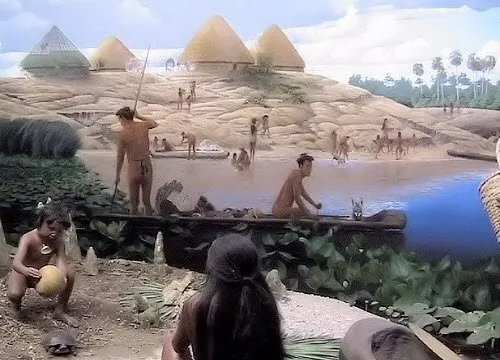Published:
Author: Antonio Maria Guerra
Native American Food
Many believe that American Indians are a single people, albeit subdivided into tribes. Such a conviction leads also to believe that they have the same customs and traditions: for example, it’s widely thought that they are all eaters of bison meat. Nothing more false. It follows that deepening the knowledge of native american food is an effective way to understand these peoples.

The Indian ‘nations’.
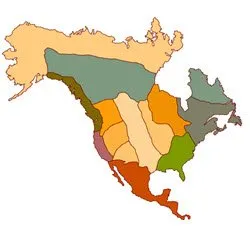
Native North Americans have never been one people. Their main communities belong to 7 language phyla, plus a large number of ethnic groups belonging to not well determined linguistic phyla. In the past these communities gave rise to at least 500 organized entities, ranging from small aggregates of few families (bands) to larger ones (tribes), up to rather complex structures (federations, confederations, chiefdoms and even ’empires’).
The Indian ‘nations’ (*1) lived in the following ecological and cultural areas:
- Arctic;
- Subarctic;
- Northwestern Coast;
- Plateau;
- Plains;
- Prairies and Great Lakes;
- Northeast;
- Southeast;
- Great Basin;
- California;
- Baja California and Northwest Mexico;
- Southwest;
- Meso-America (from Mexico to the Isthmus of Panama);
Please remember that, in this case, the word ‘nation’ does not have the European political significance, but means just ‘group of natives’ (from the Latin ‘natus’, ‘born’).
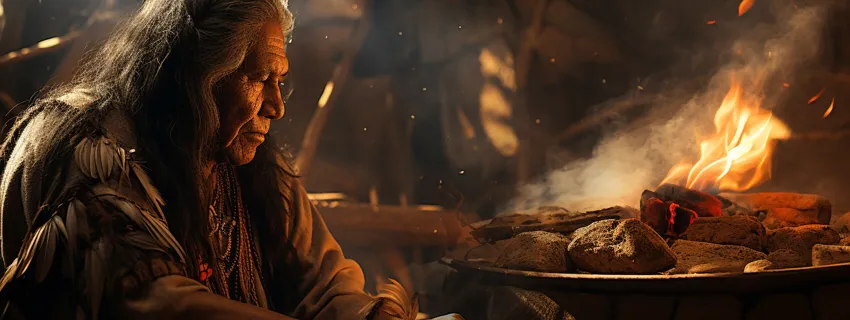
The close connection between food and religion.
Getting food always represented a serious problem for the Native North Americans, that’s why it was considered very precious and often eaten ceremonially.
Read more
The animistic vision.
The relationship of these peoples with nature was not ecological but animistic: they believed that the natural world, in all its manifestations, was inhabited by spirits. These entities were at best indifferent, quite often touchy and malevolent.
A limited number of animals.
Since they didn’t have the concept of population growth of species, it was a common belief that the number of animals was finite. Once killed, these creatures were destined to reincarnate themselves … just to be killed again.
The taboos.
Any shortage of preys was therefore interpreted (*1) as a punishment, due to the break of a taboo by an individual or by a group.
Some of these taboos concerned particular combinations of food: the Inuit, for example, were forbidden to eat the meat of land (*2) and marine (*3) animals together.
Since this kind of ‘crimes’ could lead to disaster, the offender, if found, was immediately sentenced to death.
Notes:
*1: According to the animistic mentality of these peoples;
*2: For example caribou;
*3: For example fish, seal and whale;
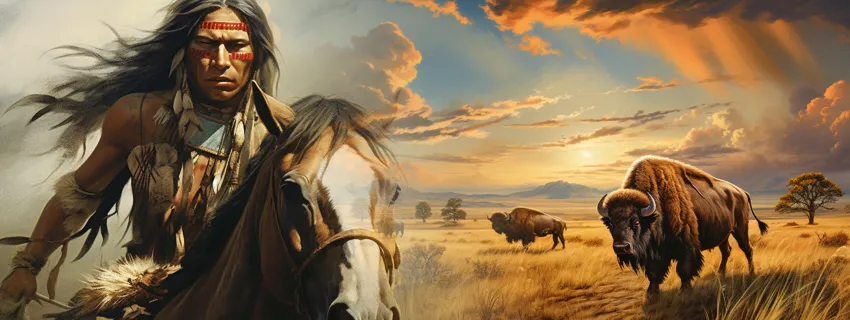
'American Indians' don’t raise cattle.
A characteristic common to many Indian Nations caused them significant survival problems in Pre-Columbian times and later: they were unable to raise cattle (*1).
Read more
So, it’s not a coincidence that many of their myths begin with a period of famine: a dangerous menace often stopped by the intervention of a mythological hero. Once his task is completed, he usually leaves to the tribe a specific ceremony to be performed in order to avoid the problem in the future. Recurring cycles of famine and abundance were the natural condition of life for Native North Americans.
Note:
*1: The only exceptions were turkey and dog. The latter was eaten rarely and usually just during rituals.

Native American food divided by region.
The North American Continent has many different ecosystems: from the frozen expanses of the Arctic to the deserts of Arizona and Sonora, from the rainforests of British Columbia to the deciduous forests of Virginia and the Carolinas, from the great plains along with the Mississippi-Missouri river systems to the swamps of Florida.
It goes without saying that each of these ecosystems is characterized by a huge variety of animals and plants, providing many different types of food.
Here follows a a list of the Native American food divided my region and the respective sources of supply for the local natives:
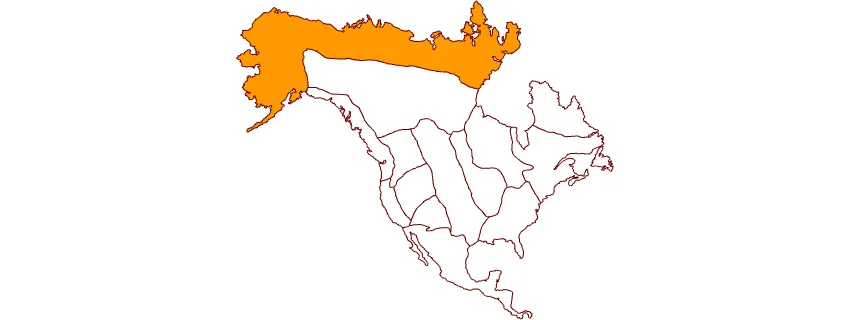
Native American food: Arctic Region.
This region stretches from Alaska to Labrador and Greenland. In the past, these territories were inhabited mainly by Aleutian, Yupik and Inuit populations.
Read more
Since it’s impossible to grow anything on the ice pack and on the permafrost of the High Tundra, the most important sources of food for the Natives in this area were:
- The hunting of sea mammals like seals, sea lions, whales and beluga whales;
- The hunting of caribou, especially during summer;
- The hunting of waterfowl and migratory birds (during summer);
- Fishing (*2).
The Arctic peoples ate most of their meat raw, including fat and internal organs: this way their diet provided all the vitamins and the salt necessary for human nutrition, as well as an abundance of proteins. So it’s no coincidence that the liver was considered a delicacy and bile was the fundamental ingredient for a traditional sauce.
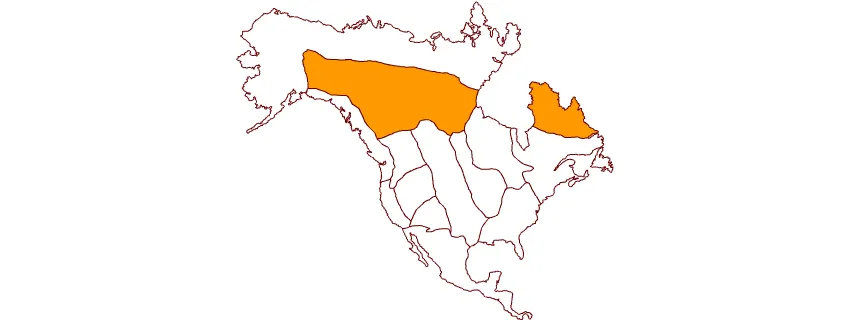
Native American food: Subarctic Region.
The peoples of this region inhabited the land stretching between the inner part of the Alaskan peninsula (to the west) and the Atlantic Ocean (to the east).
Read more
- The hunting of caribou in the northern areas and moose (Canadian elk) in the south. Bears, beavers, porcupines, deer and rabbits were also part of the local diet;
- Fishing, fundamental for those living near the Yukon river basin;
Shellfish was very important for the Natives living on the Atlantic coast.
Only a few vegetables were available, it was possible to eat roots, seeds, some types of herbs and berries (blackberries, blueberries, raspberries, currants, etc.).

Native American food: Northwest Coast.
The Natives from this region lived in the narrow coastline between the Pacific Ocean to the west and the mountain ranges covered by thick northern rainforests to the east. Their most important sources of food were:
Read more
- The fishing of Pacific salmon, candlefish, halibut and cod;
- The hunting of sea mammals, especially humpback and gray whale;
The gathering of sea plants was important too: once collected, these were dried, crushed and pressed in blocks that could last for long periods.
Various types of berries, the camas root and the salal-berry were also part of the local diet.
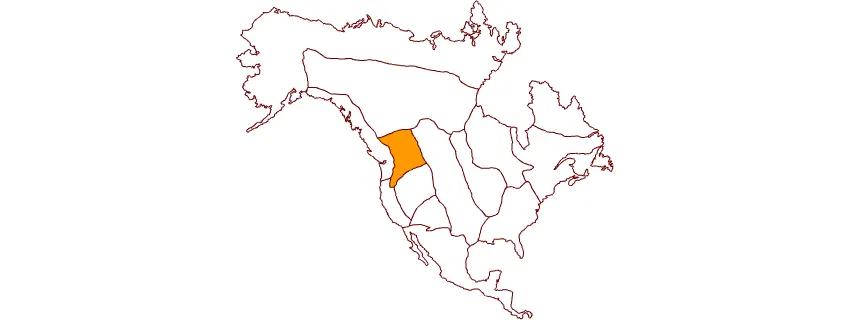
Native American food: the Plateau.
This region stretches from the Canadian provinces of British Columbia to Alberta (in the north) and the US state of Washington to Montana (in the south). The most important sources of food for the Natives of this region were:
Read more
- The hunting of large animals (for example moose), especially in the northern areas, characterized by a climate similar to the Arctic region;
- Fishing, especially of salmon, in the western areas;
The tribes in the southwest, an area extending from Oregon to Northern California, had a mixed diet, based on gathering (berries, fruits and vegetables) (*1), hunting (deer, rabbits, etc.), and fishing.
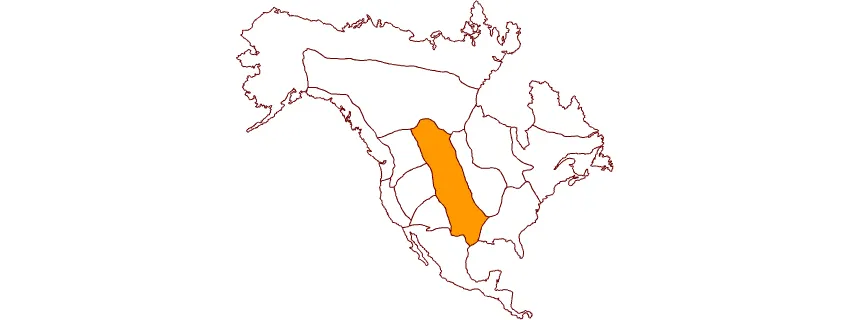
Native American food: the Great Plains.
This region of North America stretches between the Saskatchewan river in Canada and the Gulf of Mexico.
Read more
The most important sources of food for the local Natives were:
- Hunting, especially of bison. Elk, deer, pronghorn, antelope, bear and some small animals were an alternative source of food when the great bison herds changed their migration route;
- The gathering of berries. Some of them were used to make the famous ‘pemmican’. Roots were also part of the diet;
The tribes living in areas adjacent to the southwestern prairies could get corn, beans and pumpkins through trade or warfare.

Native American food: Praries and Great Lakes.
The most important sources of food for the Natives living in these regions were:
Read more
- Hunting, especially of bison;
- Horticulture. The main crops were corn, beans and pumpkins, typically cultivated by women on the small plots of land surrounding the winter villages;
- Fishing, particularly important in the Region of the Great Lakes. This activity was usually performed during night time, since freshwater fish was attracted by the fire of the torches;
The tribes settled on the eastern borders of the Plains, initially depended on the hunting of the bison of the woods. After its extinction, they relied on the hunting of elk and deer, and the gathering of berries and roots.

Native American food: Northeast and Southeast.
The most important sources of food of the Natives living in these regions were:
Read more
- Horticulture. This provided about the 50% of the food needed in the Northeast. In the Southeast, the presence of great cities and a more complex society, allowed the development of a ‘structured’ agriculture, with the main crops being corn, beans and pumpkins;
- Hunting. It was the second source of food both in the Northeast and in the Southeast. The Natives hunted white-tailed deers, elks, bears and small animals like beavers, hares, rabbits, badgers. They also hunted birds like turkeys, swans, and various types of ducks.
In the Northeast, great was the importance of seal hunting and whaling. In Florida and the marshy areas of the Southeast, alligator was one of the favorite preys; - Fishing. Both freshwater and marine fish (Atlantic salmon, cod and herring) were of great importance for the coastal communities. These natives ate also freshwater clams and seafood;
- Gathering, especially of fruits from wild plants, like nuts and acorns;
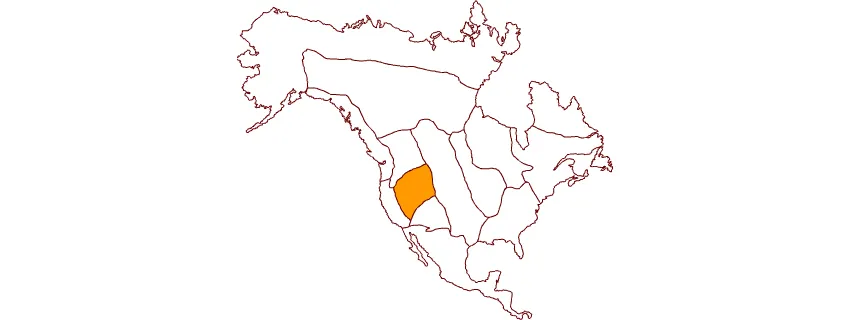
Native American food: The Great Basin.
This region, especially in the desert areas, was characterized by a considerable shortage of food resources.
Read more
The Natives of this region could survive thanks to:
- The gathering of pine nuts (piñon), seeds, roots and tubers;
- Hunting. In the north, the Natives hunted deers, antelopes and mountain goats. In the desert areas of the south, they hunted rabbits, various types of rodents, snakes and insects (especially grasshoppers);
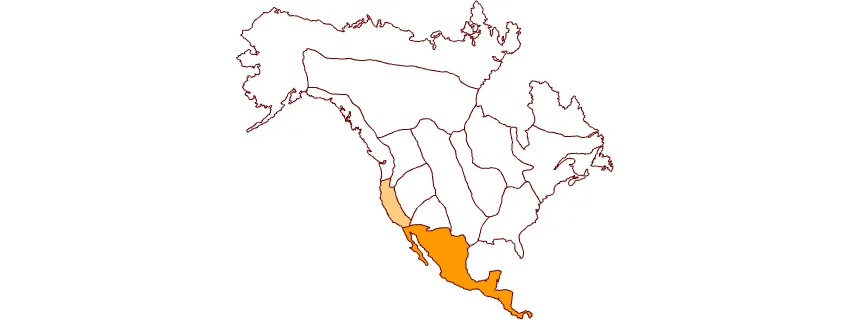
Native American food: California, Baja California and Northwest Mexico.
The most important sources of food for the Natives living in these regions were:
Read more
- The gathering of pine nuts (piñon), acorns, yucca, mesquite ‘beans’, and agave. Cactus was particularly precious in the desert areas: this plant provided fruits (eaten fresh or dried) and seeds (usually dried or roasted). The juice obtained from its pulp was used as a drink;
- Hunting. In the south of California and in the north of Mexico, large fauna was quite rare. The Natives ate small rodents, rabbits, reptiles and even insects. In some specific locations of Central California (the Rocky Mountains area), they hunted deers, mountain goats and bears. On the coast, they hunted sea mammals;
- Fishing: Practiced on the coastal area, it did not have much weight. The diet was supplemented by some types of shellfish;
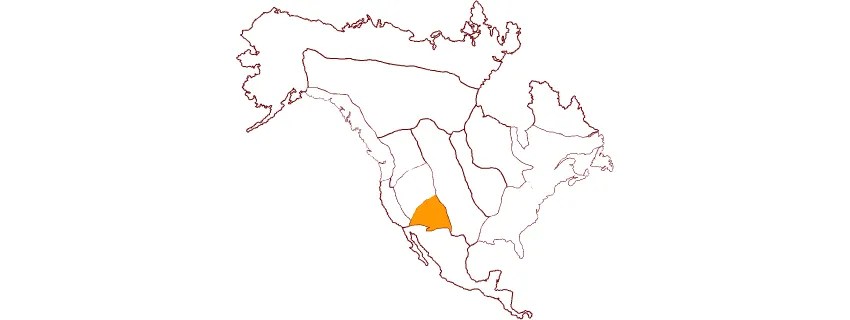
Native American food: Southwest.
The most important sources of food for the Natives living in this region were:
Read more
- Agriculture: corn, cultivated in many varieties, was extremely important in this region (*1). It was often used to make a particular type of bread, the ‘piki’ (Hopi word).
- The gathering of mesquite beans, pine nuts and Saguaro cactus fruits.
- Fishing. Only the tribes living along the Rio Grande ate fish.

Native American food: bison and caribou.
In the collective imagination, two animals in particular are associated with Native North Americans: bison and caribou.
Read more
Bison.
Contrary to popular belief, bison is like any other domesticated cattle. Nowadays it’s bred intensively in the ranches of the Indian reservations. Bison steaks are one of the most famous delicacies offered in the Native American casinos.
Caribou.
In North America caribou, or American reindeer, has almost always been considered as game. The Lapps, the Samoyed and the Siberian Chukchi bred and are still breeding reindeer herds for milk production and sleigh transportation.
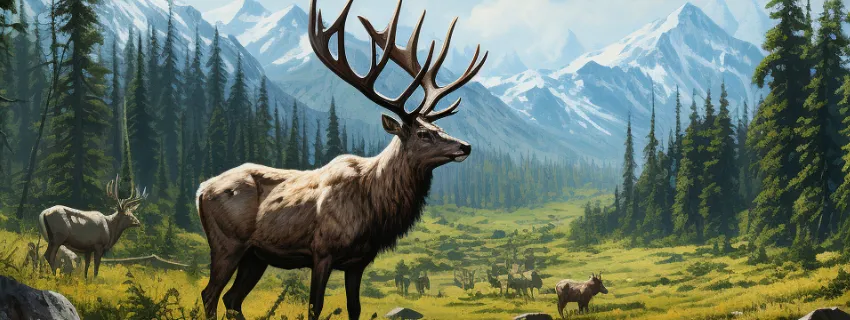
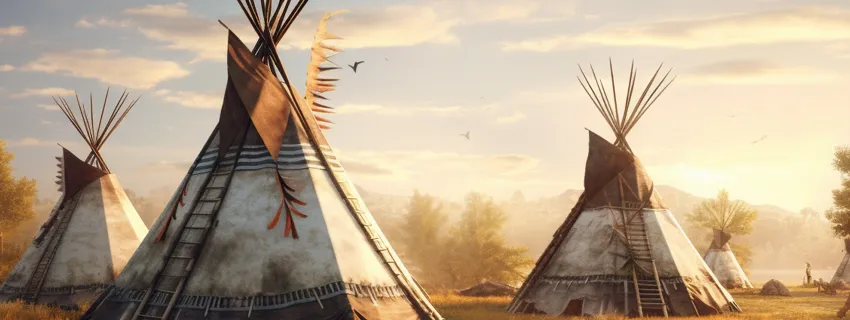
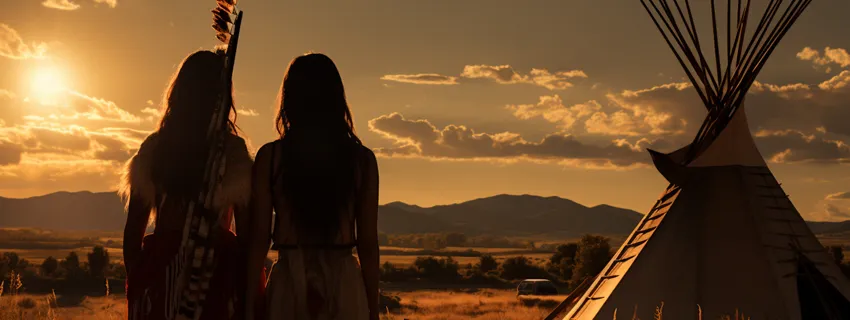
The woman and the prey.
Many Native North American peoples believed in magic parallelism between woman and prey.
For example:
Read more
Woman and kayak.
A woman sewing the skins used to make a kayak, usually had to perform the task wearing waterproof clothes. Her female smell could in fact impregnate the boat and this would alarm the preys.
Woman and seal hunting.
Not even one hair of a woman could get caught in the parka of a seal hunter, since this would offend the animals. When killed, their spirits would complain about his sloppiness, deciding to stay away from him in their next life.
Woman and whale hunting.
In the North West Coast, the wife of a whaler leader was conceived as a metaphor for the whale itself: for this reason, during the hunt, she was subject to many taboos.
A few examples:
- When at home, she had to sit with her back to the sea, so that the whales, imitating her, would head for the shore;
- She had to eat only fat food, so that the whales would be fat too;
- She was not allowed to comb her hair, since tangling them would have also caused tangling the ropes attached to the harpoons;

Native American music.
Native North American music to accompany the reading of this article:

Native American food: the ‘piskun’.
The ‘piskun’ was the method most frequently used for bison hunting, even before the arrival of the horse.
Read more
This method consisted in starting a stampede, bringing the herd to crash off a cliff. Women and children had the task to feast on the carcasses, taking the best parts. The rest was left to vultures and coyotes.

Native American food: the 'Pemmican'.
‘Pemmican’ is a very nutritious food, rich in fat and proteins, invented by the Natives North Americans.
Read more
Thanks to its great energy content and practicality, it soon became the favorite food of explorers.
Its main ingredients are:
- Dried meat (usually bison, elk or deer);
- Berries (usually cranberries, currants or cherries);
- Animal fat;
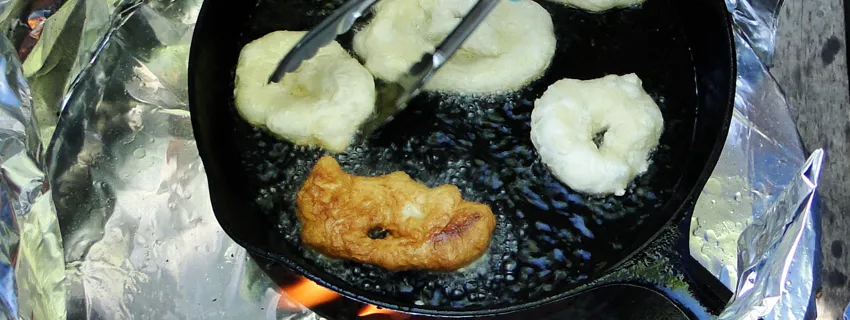
Native American food: the ‘frybread’.
Frybread is a typical Native food invented in 1864 by the Navajo living in the reservation of Fort Sumner.
Read more
At that time, the US government provided these people with supplies including flour, salt, sugar and lard. Even if the flour was meant for bread, no one taught them how to make it. Far from discouraged, the Navajo women melted the lard, adding flour mixed with water, salt and sugar. The result was a highly caloric dough, used to prepare something similar to a pizza: the ‘taco’ (Indian taco). This was seasoned with all sort of ingredients, like jam, eggs, meat, ham and many types of vegetables.
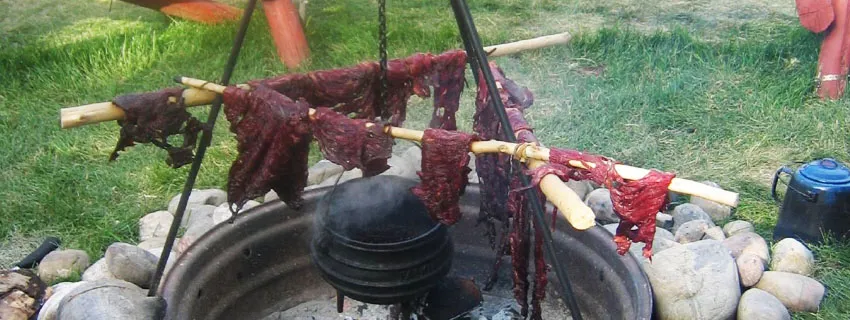
Native American food: the preservation of meat.
The preservation of meat was a serious problem for the Native North Americans and, in general, for all the peoples with a mesolithic or neolithic technological level.
Read more
It was usually cut into thin strips and laid on racks under the sun. If the tribe was lucky, weather was mild and the dried meat was stored or processed into pemmican. If not, a summer shower (a quite frequent event) would ruin all the supplies, leading to a winter of starvation and death.
Copyright information.
The images displayed in this page belong to WebFoodCulture and to Mrs. Flavia and Sandra Busatta, with the exception of:
Public Domain images
- Hunting Buffalo, Alfred Jacob Miller, 1858 (Wikipedia Link) {PD-Art} {PD-US};
Creative Commons images
- Pemmican, photo by Jen Arrr (Wikipedia Link);
- Making frybread in Tanana, photo by FairbanksMike (Wikipedia Link);
- Preparation of pemmican a Calgary Stampede, photo di John ;














